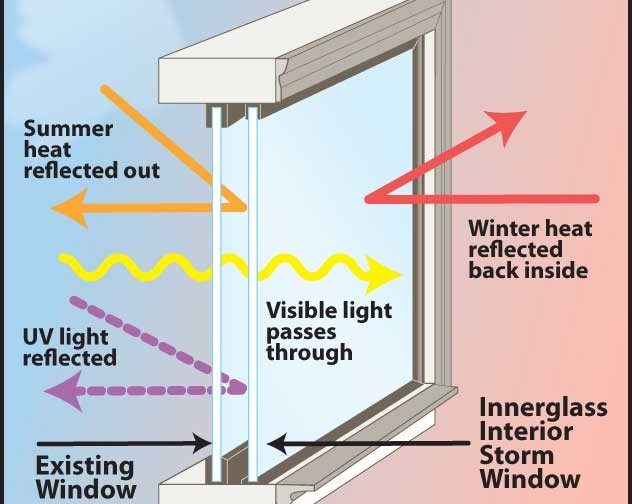All Categories
Featured
Table of Contents
Best Way To Block Sun Heat From Windows [Professionally] in Iluka Perth
Glazing simply indicates the windows in your house, including both openable and set windows, along with doors with glass and skylights. Glazing in fact simply means the glass part, however it is typically utilized to refer to all elements of an assembly including glass, movies, frames and home furnishings. Paying attention to all of these elements will assist you to attain efficient passive design.
Energy-efficient glazing makes your home more comfortable and significantly reduces your energy expenses. Nevertheless, inappropriate or improperly developed glazing can be a significant source of unwanted heat gain in summer and considerable heat loss and condensation in winter. Up to 87% of a home's heating energy can be gotten and approximately 40% lost through windows.
Brisbane's Best Double Glazed Windows in Madeley Perth
Glazing is a considerable investment in the quality of your home. A preliminary investment in energy-efficient windows, skylights and doors can considerably minimize your annual heating and cooling costs.

This tool compares window selections to a base level aluminium window with 3mm clear glass. Comprehending a few of the crucial residential or commercial properties of glass will help you to pick the very best glazing for your home. Secret homes of glass Source: Adjusted from the Australian Window Association The quantity of light that goes through the glazing is known as visible light transmittance (VLT) or noticeable transmittance (VT).
Does Double Glazing Reduce The Heat In Brisbane's Summer? in Marmion Perth
The U worth for windows (revealed as Uw), explains the conduction of the whole window (glass and frame together). The lower the U value, the greater a window's resistance to heat flow and the better its insulating value.
If your home has 70m2 of glazing with aluminium frames and clear glass with a U value of 6. 2W/m2 C, on a winter season's night when it is 15C colder outside compared with inside, the heat loss through the windows would be: 6. 2 15 70 = 6510W That is equivalent to the total heat output of a large space gas heating system or a 6.
Why Do You Need Double Glazing Windows In Summer? in South Lake WA

If you choose a window with half the U value (3. 1W/m2 C) (for example, double glazing with an argon-filled gap and less-conductive frames), you can cut in half the heat loss: 3. 1 15 70 = 3255W The solar heat gain coefficient (SHGC) for windows (revealed as SHGCw) measures how readily heat from direct sunlight streams through an entire window (glass and frame together).
The lower a window's SHGC, the less solar heat it transfers to your home interior. Glazing producers state an SHGC for each window type and style. The actual SHGC for windows is affected by the angle that solar radiation strikes the glass. This is referred to as the angle of incidence.
Double Glazed Windows: A Complete Guide in Rossmoyne Perth
When the sun is perpendicular (at 90) to the glass, it has an angle of incidence of 0 and the window will experience the maximum possible solar heat gain. The SHGC stated by glazing makers is always determined as having a 0 angle of occurrence. As the angle increases, more solar radiation is shown, and less is transferred.
Table of Contents
Latest Posts
Blown Double Glazing & What To Do About It in Mundijong Western Australia
What Are The Advantages Of Double Glazed Windows? in Queens Park WA
Double Glazing Versus Secondary Glazing in Marmion Western Australia
More
Latest Posts
Blown Double Glazing & What To Do About It in Mundijong Western Australia
What Are The Advantages Of Double Glazed Windows? in Queens Park WA
Double Glazing Versus Secondary Glazing in Marmion Western Australia